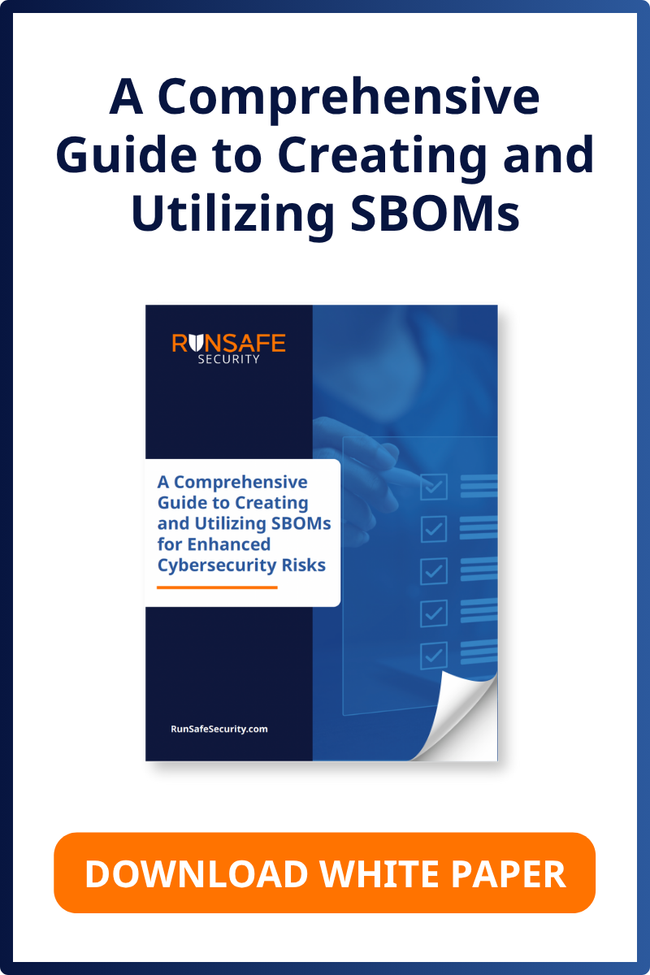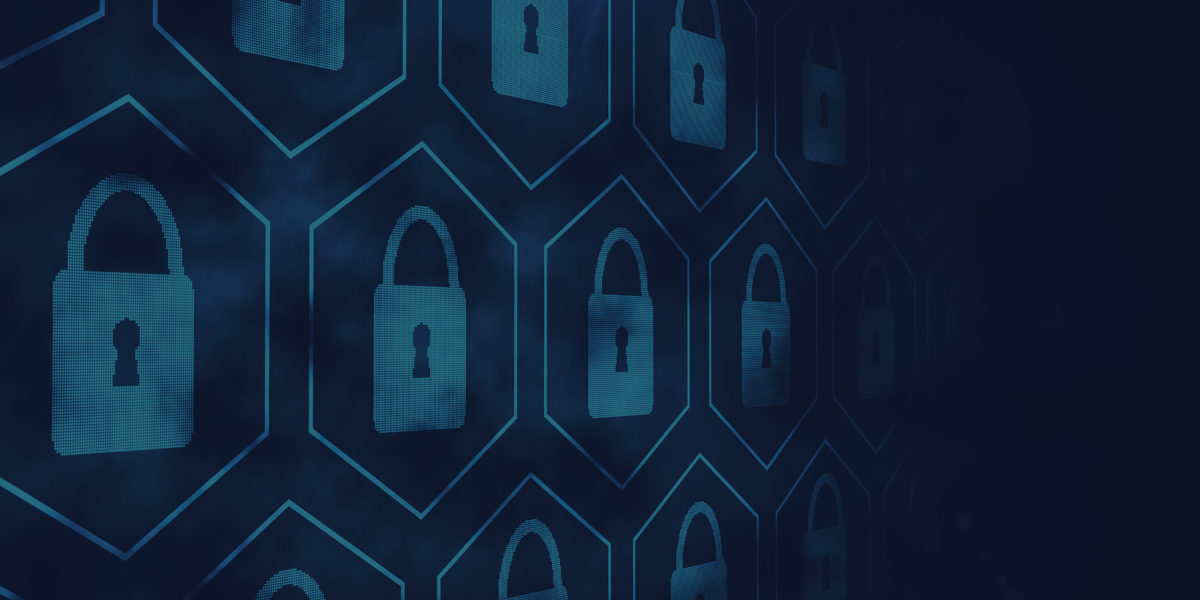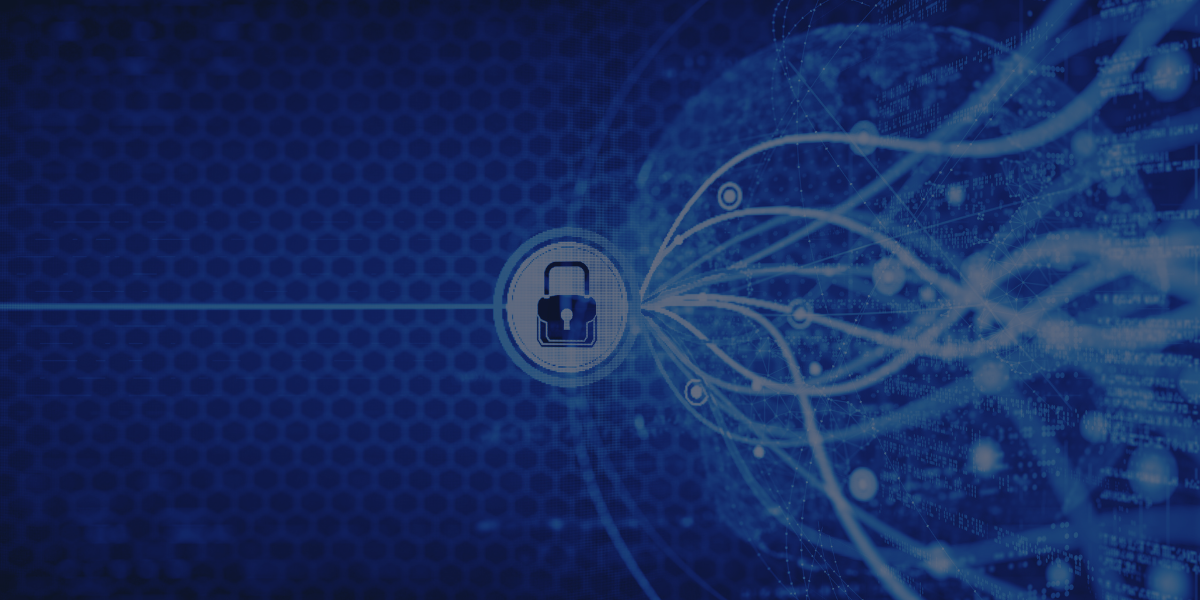Table of Contents:
Open Source Software from an Attacker’s Point of View
Bad Actors Will Find Vulnerabilities to Exploit
How Are Bad Actors Getting In?
Protect Yourself From Bad Actors with an Open Source Software Protection System
Open source software is being used at companies worldwide. From the smallest businesses to multinational Fortune 500 companies—in fact, 99% of Fortune 500 companies use open source software. It is considered to be more secure than its closed source counterparts. Paired with the software cost reduction for organizations and the ability to expedite digital transformations, OSS is an obvious choice for many.
It is estimated that 80-90% of the code in most modern-day applications utilizes open source components. 89% of IT leaders trust the security of open source software, with 90% using enterprise open source code regularly. Red Hat also found 95% of organizations view open source software as strategically important to their business.
But, the threat of attack is growing, and persistent bad actors are finding ways in. OSS may be considered more secure, with bugs being identified and fixed faster thanks to multiple sources making modifications. But, this inevitably leads to security flaws making it easier to hack.
The Equifax data breach of 2017 was the result of an attack on a vulnerability in the open source Apache Struts framework. It was one of the largest data breaches in U.S. history, affecting 147 million people. The recent Log4j attack impacted hundreds of millions of devices, according to CISA.
The appeal of open source cyber attacks for bad actors is the depth of their influence. A single malicious event can impact millions of users across hundreds of companies. Beyond this, malicious changes often go unnoticed until long after they’ve been distributed across the supply chain. It can take over four years for open source vulnerabilities to be spotted.
There are industry-wide—and presidentially mandated—efforts being made to better protect open source software from the growing threat of attack from bad actors. But, organizations need to develop their own cybersecurity strategies as well. Without an open source software protection system, organizations are open to costly attacks that can permanently damage their infrastructure, profitability, and reputation.
Bad Actors Will Find Vulnerabilities to Exploit
Cyber crimes continue to increase year over year, with each new year bringing a record number of attacks. Cyber attacks aren’t just getting more expensive—with 53% of attacks resulting in damages of $500,000 or more, according to CISA. Attackers are becoming more systematic in their targeting.
The most common cyberattacks, according to CISA, are: malware, phishing, man-in-the-middle (MIM) attacks, denial-of-service attacks, SQL injection, zero-day exploits, and DNS tunneling. You need only look at the recent ICS advisories to see the prevalence of each attack on open source software.
One of the benefits and pitfalls of open source software is that 90% of the code comes from open source libraries, SaaS tools, and other external components. This simplifies things for organizations utilizing the code, but it also simplifies things for the attackers. Bad actors are able to study the code and its components, gaining an intimate understanding of its vulnerabilities and the best ways to exploit them.
Without excellent cybersecurity or open source software monitoring in place, bad actors are able to get in and inflict damage.
Bad actors are using open source intelligence to identify vulnerabilities within your systems and within your people. They can use the information to design targeted social engineering attacks—like spear phishing—to gain access to systems and deploy their attacks.
Vulnerabilities that can be exploited in open source software can easily impact hundreds of companies with a single attack. Though the security of OSS projects has improved significantly with average time to update vulnerable code dropping, there are still untold vulnerabilities open to exploitation. OSS attacks are increasing exponentially as bad actors are seeing excellent results.
Supply chain attacks are one of the biggest threats to enterprises using open source software. Bad actors are attacking vulnerabilities in low-hanging open source vendors with the intention of compromising the larger applications that utilize the third-party code.
How Are Bad Actors Getting In?
The first step for any bad actor is identifying the vulnerabilities in your OSS application. This is the reconnaissance phase. Bad actors, sometimes referred to as cybercriminals, study their targets and identify which vulnerabilities they want to utilize.
They then begin sourcing information, often through social engineering, to find their way in. This can be done with information on the company website, social media, or through spear phishing campaigns. Today’s cybercriminals are gaining access to internal messaging systems to deploy their phishing schemes.
The next stage is weaponization. Bad actors use the information gathered in the reconnaissance phase to plan their attack and gather their resources. Once they’ve developed a solid, well-thought-out plan, they begin the initial breach or delivery. This is where they deploy their payload and gain access to your systems and networks.
With phishing attacks, malicious sources deliver an email or message that contains the malware or ransomware.
The payload can sit for weeks, months, and even years before the bad actor finally launches the exploitation phase of their attack. Once they’ve gained command and control of your systems, they begin to encrypt, ransom, or exfiltrate data.
Protect Yourself From Bad Actors with an Open Source Software Protection System
Traditional defenses—anti-virus, intrusion detection systems, static scanning, etc.—are not enough to keep today’s cybersecurity threats out. It is possible to immunize your software and leave bad actors with nowhere to hide. Reduce your attack surface by 40% or more with RunSafe’s automated software.
CODE stops bad actors from gaining control of your system by actively preventing common techniques. REPO delivers pre-hardened open source packages, securing critical infrastructure from the most common types of attacks. FLARE catches the vulnerabilities that other runtime app monitoring technology misses.
Hidden vulnerabilities in the open source code and along the supply chain don’t go undetected, providing a more robust cybersecurity suite that increases the speed and effectiveness of your response to threats.
RunSafe’s triple threat lineup, paired with our recently launched Attack Surface Reduction Index ™ (ASRI), can help identify software vulnerabilities and prioritize how best to handle them. Try it for free today and see how RunSafe can protect your open-source software against the growing threat of attack.
FAQs
What is the reconnaissance phase for bad actors?
The first step for any bad actor is identifying the vulnerabilities in your OSS application.
What are the most common cyber attacks?
The most common cyberattacks, according to CISA, are: malware, phishing, man-in-the-middle (MIM) attacks, denial-of-service attacks, SQL injection, zero-day exploits, and DNS tunneling.
How do you immunize your software?
Reduce your attack surface by 40% or more with RunSafe’s automated software.





